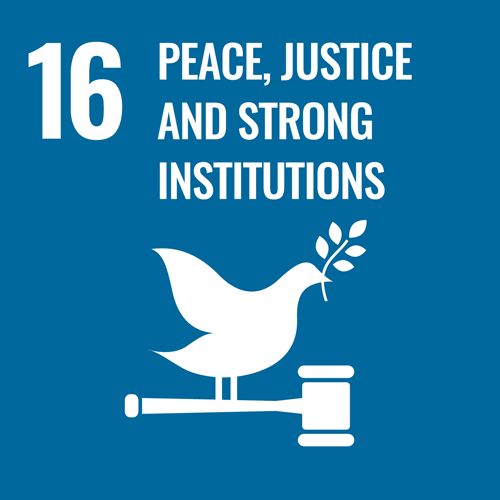
For two decades, the United Nations Office on Drugs and Crime (UNODC) has been helping make the world safer from drugs, organized crime, corruption and terrorism. We are committed to achieving health, security and justice for all by tackling these threats and promoting peace and sustainable well-being as deterrents to them.
Description of Activities on AI
Project 1: Improving the monitoring of illicit crop cultivation and production by using artificial intelligence
Jointly with the main drug-growing countries in the world – Colombia, Peru and the Plurinational State of Bolivia for coca, Afghanistan, Mexico and Myanmar for opium and Nigeria for cannabis – the UNODC Illicit Crop Monitoring Programme (ICMP) uses GIS and geospatial analysis, satellite imagery and field surveys to monitor the extent and evolution of illicit crop cultivation and production, as well as the factors driving illicit cultivation. The crop and socio-economic surveys help Governments in their policy development and in planning how to tackle illicit drug production.
UNODC cooperates with external partners from academia and other research entities to continuously improve and develop the methods used in the surveys.
The present project seeks to research and eventually apply (semi-) automated methods such as machine learning and big data analysis for improving illicit crop surveys and more specifically the identification, interpretation and delineation of illicit crop fields. Moreover, research is conducted on spectral based yield information, and to enhance obtaining and updating spatial information on potential agricultural land and potential risk areas for illicit crop cultivation.
Project 2: Drugs Monitoring Platform
The UNODC Drugs Monitoring Platform (DMP) is a multi-source system for collecting, visualizing, and sharing drug data aimed at providing access to near real-time data on drug trafficking trends, delivering data using interactive visualizations adapted to user-specific needs, and improving early warning drug threat identification for law enforcement and analysts. The DMP provides additional geographical insight on current drug trafficking trends, with approximately 500,000 geo-coded drug seizure data points obtained from countries around the world.
More than ever, there is a critical need to enhance capacities to produce rapid pictures of threats related to drug trafficking and build better analytical pictures to guide operational responses and support the development of evidence-based policy. One component of the DMP project aims to collect and enhance capacities to collect real-time information through targeted text mining/text analytics applied to data harvested from the internet. Automation is critical for analyzing text-based data efficiently to address the vast quantity of unstructured data that is generated on a daily basis. For UNODC to process large quantities of critical information ‘harvested’ in the form of external content, a combination of Artificial Intelligence (AI) procedures centered around Machine Learning modeling, the streamlining of data ETL (extract, transform, load) processes together with the implementation of MLOps have been deployed to ensure the delivery of over 14,000 real-time quantitative data points annually. A series of newly optimized analytical dashboards are being launched to enhance the DMP user experience and optimize Platform geospatial content.








